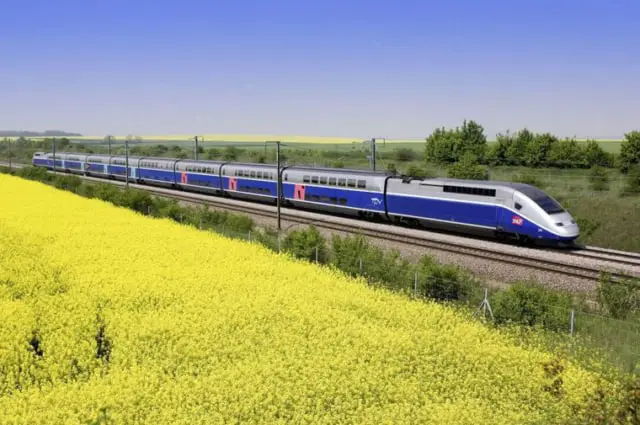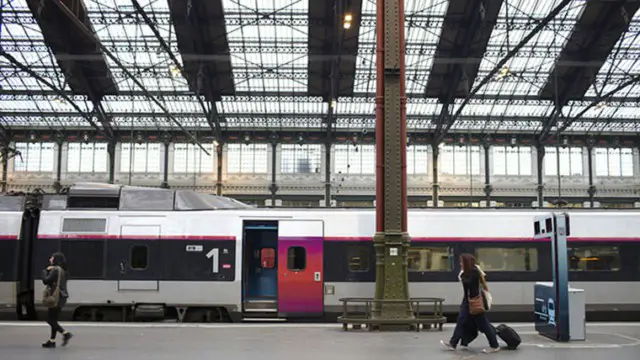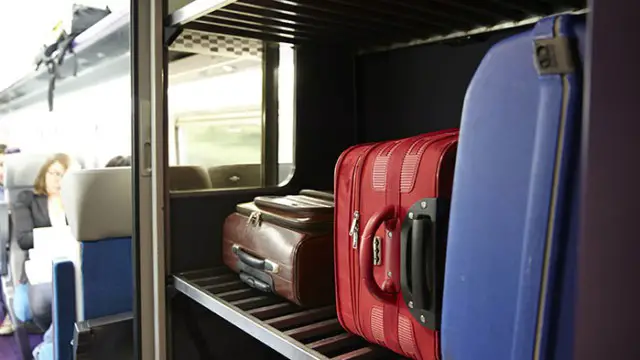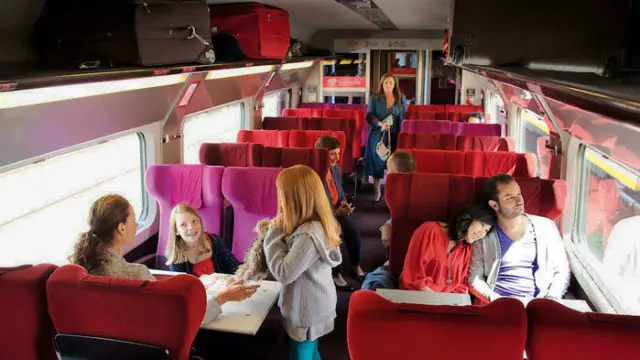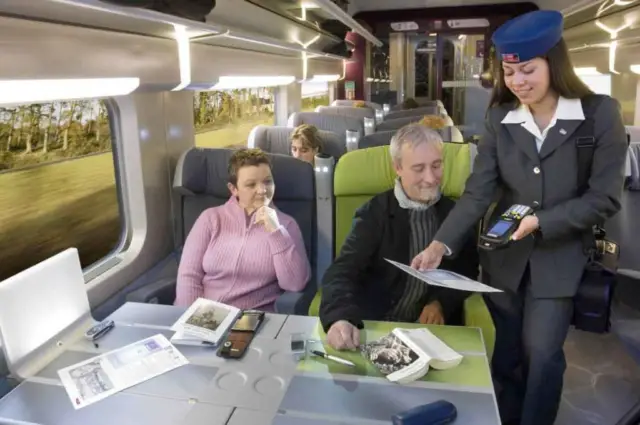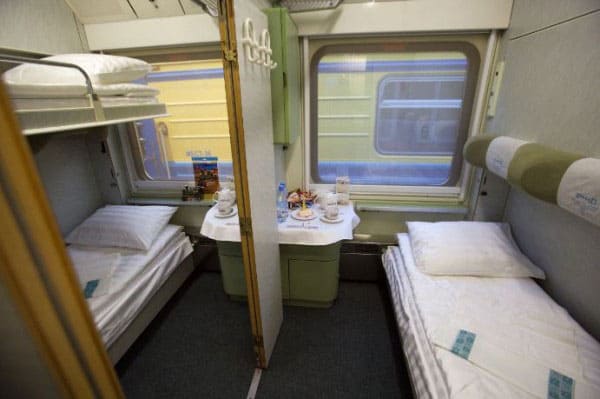Useful Tips for European Train Travel
One of the more popular means of travel in Europe is train travel. Most trains are fast, comfortable and on time. Some of the high-speed trains cover 500 miles in less than 5 hours so it is almost as fast….or faster, than flying, when you factor in the wait time at airports. And of course trains serve many cities that do not have major airports. Most train stations are located right in the heart of the city, which is often convenient since you don’t end up with an expensive taxi ride from the airport. And, there are generally car rental agencies at the train stations so if the rest of your trip will be by car you can pick it up there.
And, from our point of view there is something special about traveling by train and seeing the country at ground level instead of 30,000 feet up! You can mix with the locals, enjoy a snack or full meal on many trains, and broaden your horizons. Seats are comfortable and you can always get up and walk around.
Most European trains have at least two classes: first and second. There is not a great deal of difference between these two. First class coaches have a bit more room, but we have found that second class is fine for most people. You see a number 1 or 2 on the outside of each coach. In some countries there may be a third class but that is not common. Not all cars will be going to your city, so in addition to the class there is often the name of the city that the car is going to. Make sure you are not only on the right train, but in the right car!
Also, please note that some trains such as the TGV high-speed, also require seat reservations, in addition to the ticket. Another note: you need to take your luggage with you on the train. Checked luggage does not necessarily go on the train that you are on, so it can be quite a shock when you get to your destination and your luggage is not due until the next day. There are luggage racks in the cars….you can keep an eye on your suitcase and have it within reach when the train arrives at your destination.
If your trip is going to be several hundred miles then a great way of saving both time and money would be to take a sleeper, or night train. You get your transportation and accommodation all in one, thereby saving travel time as well as money. You would be sleeping anyway, so why not sleep while you travel to your next destination? Accommodations range from Couchettes (basically a car with several bunk beds in each cabin) all the way to sleepers that even include free breakfast. Check out our blog article on overnight trains in Europe.
You can find a great source for schedules, fare information and tickets and much more at The Man in Seat 61. He has just about everything you have ever wanted to know about European train travel (and many other areas as well as Europe).
And, of course, you get the romance of traveling by rail as in the bygone days. Some of the more popular European night trains are the Paris to Venice train, Saint Petersburg to Moscow, or London, England to Fort William (Scotland).
* Some cities, such as Paris & Madrid, have several train stations, so be sure to check to see from which station you will be departing/arriving.
A high-speed line from Paris to Barcelona opened in December 2013. The journey takes about 6 1/2 hours, only slightly less than before; however, the real benefit of this line is that you don’t have to change trains. This was previously necessary, because France and Spain have different rail measurements. We highly recommend this scenic journey.
An interesting note about Italy: Most high-speed trains in Italy are government-owned and operated. There is also a privately run high-speed train. This line is the brainchild of Luca di Montezemolo, former chairman of the board of Ferrari. The Italo trains from NTV offer luxurious accommodations, free wi-fi, etc.
But we don’t mean to imply that the state-run service isn’t good, it is very reliable and comfortable.

